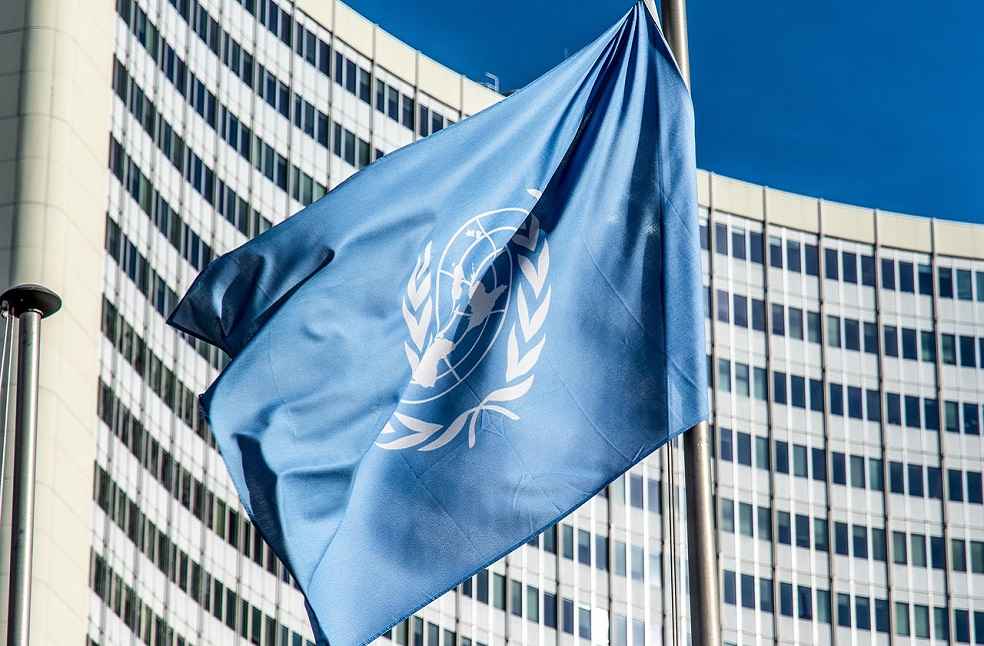The future of global trade may face significant challenges despite a robust start in the initial quarter of 2023, the United Nations Conference on Trade and Development (UNCTAD) cautions in its latest Global Trade Update report. The foreboding forecast is primarily driven by the looming threats of inflation, increasing financial vulnerabilities, the ongoing Ukrainian conflict, and escalating geopolitical tensions.
Trade in goods during the first quarter saw a modest yet positive rise of 1.9%, enhancing the global trade scene by $100 billion. Meanwhile, the global services trade marked an encouraging growth of 2.8%, yielding an extra $50 billion compared to the final quarter of 2022. However, the UN agency projects a deceleration in this growth trajectory during Q2 as the counterproductive forces overshadow the early progress.

UNCTAD’s report emphasizes the growing trend of “friend-shoring,” referring to the strengthening of trade ties among traditional partners, resulting in a diminished diversification of trade partners. This observation signals a pattern of global commerce increasingly dependent on major trade relations. Instances of these shifts include the receding trade interdependence between the United States and China, and the impact of the Ukrainian conflict and Brexit on the dynamics of bilateral trade.
The report indicates diverse performances among major economies and regional trade trends. Brazil, India, the United States, and the European Union saw remarkable import and export growth. Despite these positive developments, trade trends between January and March 2023 were somewhat subdued in these economies, barring substantial export growth in China and India.
All regions, except Russia and Central Asia, experienced a growth in international trade during the first quarter. However, East Asia’s growth fell below average. Most regions experienced a drop in trade value, while the Pacific, North America, and Africa recorded slight increases. Patterns of intra-regional trade echoed these developments, with African trade witnessing a 3% surge.

Despite initial price surges and high trade values, the energy sector experienced a sudden 11% quarterly drop between January and March 2023. In contrast, sectors such as agri-food products, apparel, chemicals, and road vehicles reported trade growth. The office and communication equipment and transport sectors saw a decline, persisting the downward trend into the first quarter of 2023.
In light of these potential threats, 2023 Q4 may give way to a turbulent remainder of global trade. Policymakers around the world face the arduous task of navigating these obstacles and securing the stability of global trade.
TRADE TECH: Robotic Picking Market Set for Explosive Growth, Projected to Reach $6.8B by 2030



